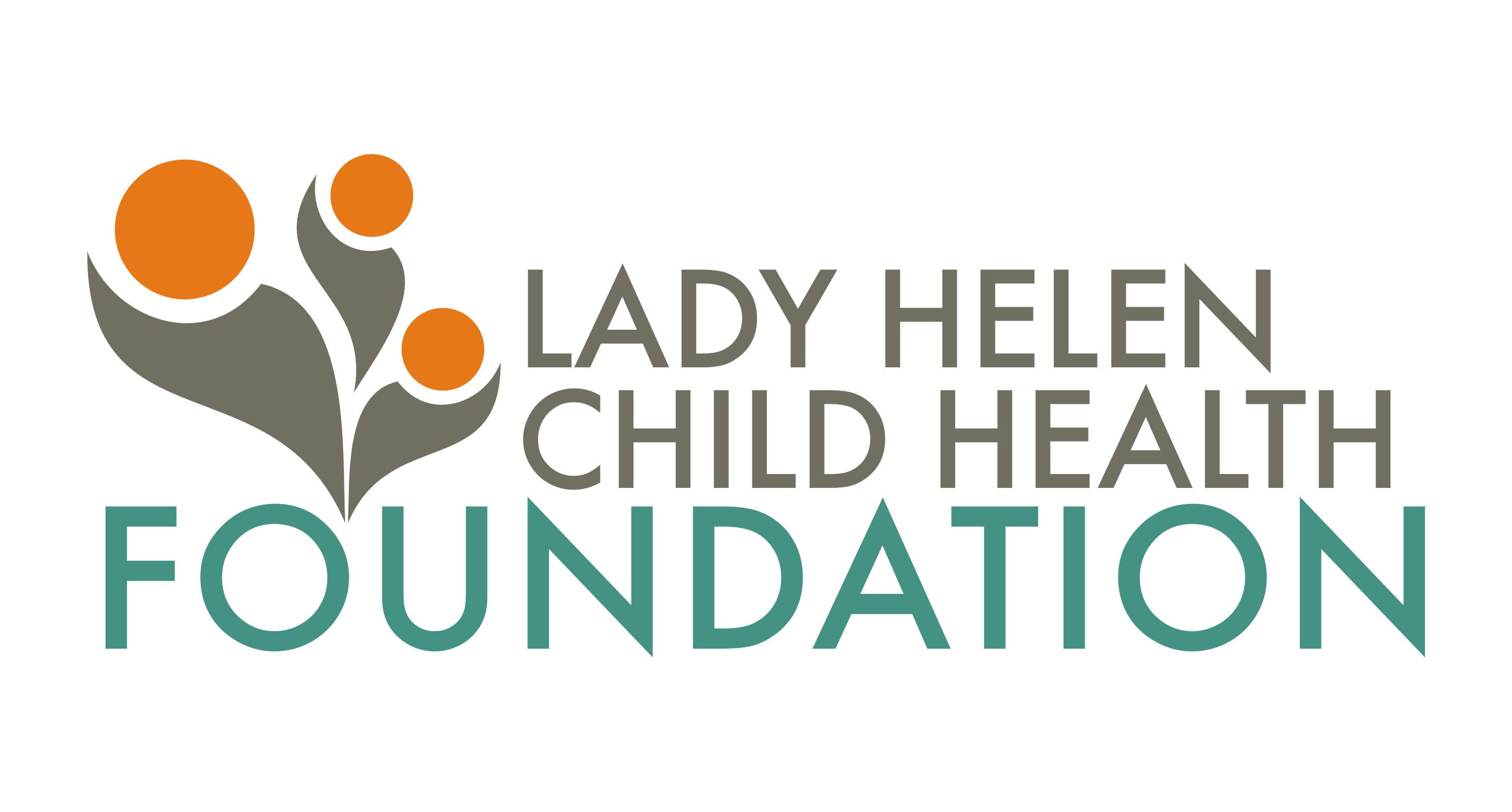Background
Immunization against childhood diseases such as tuberculosis, poliomyelitis, measles, diphtheria, whooping cough and tetanus reduce childhood morbidity and mortality. Studies have shown that the cost to treat a vaccine preventable disease may be up to 30-times more than the cost of the vaccine, children who contract these preventable diseases usually suffer from impaired physical growth, cognitive development, emotional development, and social skills.
The prevention of child mortality through immunization is one of the most cost-effective and widely applied public health interventions, Immunization is one of the most effective, safest and efficient public health interventions as it is estimated to save at least 3 million lives from vaccine preventable diseases.
Despite the significant decline in the incidence of vaccine-preventable diseases as a result of increased vaccination coverage worldwide, there are many children with delayed and incomplete vaccination.
Globally speaking, 2.5 million children die every year from easily prevented infectious diseases. In fact, in the year 2000, measles resulted in 777,000 deaths and 2 million disabilities.
Aim and Objectives:
- The objective of this study was to identify determinant factors of incomplete childhood immunization in Oshodi-Isolo district, Lagos southern Nigeria.
- The aim of this study was to review the factors that are associated with incomplete childhood immunization in Oshodi-Isolo, especially related to level of education, socioeconomic conditions and health care system characteristics.
Methods:
study site and Population: Estimate population of the inhabitant of the local government, Number of wards, primary Heath care Facilities and Immunization Centres will be collected.
Study design: Potential study participants will be given an explanation of the purpose of the study and will be ask if they would like to participate. They will be assured of confidentiality of the information they will provide, cross-sectional survey of mothers with children under-5 years of age will be Carried out and simple random sampling technique will be use to collect data via interview administered questionnaires by trained personnel.
References
- Executive board room; sixth meeting of the technical consultative group on the global eradication of poliomyelitis. WHO Geneva draft meeting, 2001:1-6 (s)
- Joint press release-UNICEF. www.unicef.org/media/media_46751.html (accessed on October, 2008) (s)
- International Federation of Red Cross and Red Crescent Societies in Africa. www.ifrc.org (accessed on October, 2008) (s)
- Centers for Disease Control and Prevention. Global immunizations and Vaccinations. [Electronic] Atlanta: Centers for Disease Control and Prevention; 1600 Clifton Rd, Atlanta, GA 30333, U.S.A: 2008. [updated 2008 December 4, 2008; cited 2009 March 2, 2009]; Web page]. Available from: http://www.cdc.gov/vaccines/programs/global/default.htm. [Google Scholar]
- Centers for Disease Control and Prevention. National infant immunization week. Information and organization handbook. Atlanata: Centers for Disease Control and Prevention; 1995. [Google Scholar]
5.Belli PC, Bustereo F, Preker A. Investing in children’s health: what are the economic benefits? Bulletin of the World Health Organization [Bulletin] 2005;83(10):777–84. [PMC free article] [PubMed] [Google Scholar]

 The foundation founded in her honour is geared towards improving the health outcomes for children and mothers by promoting a strong culture of preventive and quality improvement measures in healthcare provision
The foundation founded in her honour is geared towards improving the health outcomes for children and mothers by promoting a strong culture of preventive and quality improvement measures in healthcare provision 